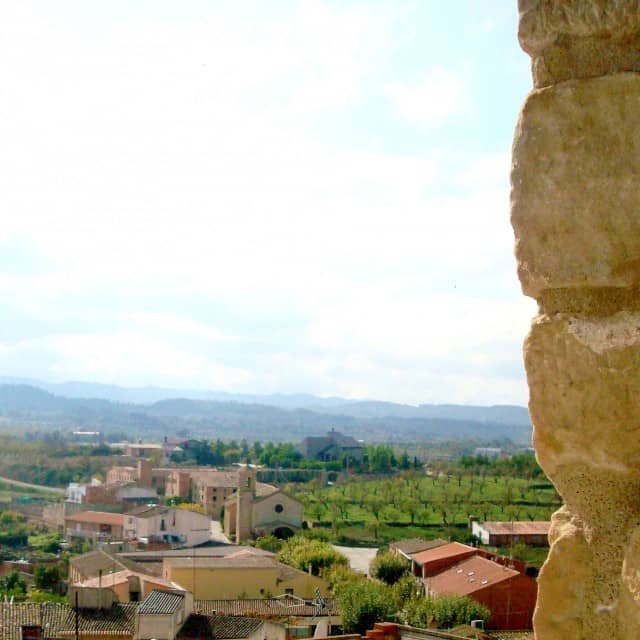-
C/ Abeurador, 1
25450 l'Albi - 973 17 50 04
- 973 17 58 58
- ajuntament@albi.cat
- https://www.albi.cat/
L’Albi is a village situated in the south of Les Garrigues region, right at exit 8 of the motorway AP-2. L’Albi has 755 inhabitants (2022), who mostly specialize in growing olives and almonds.
The village is located at the foot of a hill with the ruins of the 12th-century castle on it. The Baroque-style parish church of Santa Maria has a 34-metre-high belltower and a crypt, owned by the Albi barons. The 16th-century Sant Cosme i Sant Damià sanctuary (ermita) is home to paintings that used to adorn the castle.
The old quarter includes the main square, and Carrer Major with arcades, as well as Carrer del Call, the old Jewish quarter- all of which are very well preserved.
The village also has remarkable buildings, like the Town Hall (Ajuntament), the Rural Cooperative (designed by Cèsar Martinell), the round arch on Carrer del Forn, and the remains of the ancient walls.
Within the village area, there are: the Reguers II archaeological site, representing a Neolithic settlement; the rock formations of Vall de la Coma and Balma dels Punts, declared the Cultural Assets of National Interest and World Heritage by UNESCO; the cave of Mare de Déu de la Cova, on the river Set; two water mills; two ice wells, and a rich heritage of stone huts with vaulted roofs.
In the village area, there is also a unique spiral, carved into a thousand year old rock; its centre radiates a lot of energy.
The Town Hall (Ajuntament) organises guided tours of the village and its surroundings.
L’Albi has a motorhome parking area.
The main local festival Festa Major is celebrated here in August and May, and the Day of Sant Cosme and Sant Damià is on September 26.





